Llama 2, 3 & 4: Synthetic Data, RLHF, Agents on the path to Open Source AGI
Description
If you see this in time, join our emergency LLM paper club on the Llama 3 paper!
For everyone else, join our special AI in Action club on the Latent Space Discord for a special feature with the Cursor cofounders on Composer, their newest coding agent!
Today, Meta is officially releasing the largest and most capable open model to date, Llama3-405B, a dense transformer trained on 15T tokens that beats GPT-4 on all major benchmarks:
The 8B and 70B models from the April Llama 3 release have also received serious spec bumps, warranting the new label of Llama 3.1.
If you are curious about the infra / hardware side, go check out our episode with Soumith Chintala, one of the AI infra leads at Meta. Today we have Thomas Scialom, who led Llama2 and now Llama3 post-training, so we spent most of our time on pre-training (synthetic data, data pipelines, scaling laws, etc) and post-training (RLHF vs instruction tuning, evals, tool calling).
Synthetic data is all you need
Llama3 was trained on 15T tokens, 7x more than Llama2 and with 4 times as much code and 30 different languages represented. But as Thomas beautifully put it:
“My intuition is that the web is full of s**t in terms of text, and training on those tokens is a waste of compute.”
“Llama 3 post-training doesn't have any human written answers there basically… It's just leveraging pure synthetic data from Llama 2.”
While it is well speculated that the 8B and 70B were "offline distillations" of the 405B, there are a good deal more synthetic data elements to Llama 3.1 than the expected. The paper explicitly calls out:
* SFT for Code: 3 approaches for synthetic data for the 405B bootstrapping itself with code execution feedback, programming language translation, and docs backtranslation.
* SFT for Math: The Llama 3 paper credits the Let’s Verify Step By Step authors, who we interviewed at ICLR:
* SFT for Multilinguality: "To collect higher quality human annotations in non-English languages, we train a multilingual expert by branching off the pre-training run and continuing to pre-train on a data mix that consists of 90% multilingualtokens."
* SFT for Long Context: "It is largely impractical to get humans to annotate such examples due to the tedious and time-consuming nature of reading lengthy contexts, so we predominantly rely on synthetic data to fill this gap. We use earlier versions of Llama 3 to generate synthetic data based on the key long-context use-cases: (possibly multi-turn) question-answering, summarization for long documents, and reasoning over code repositories, and describe them in greater detail below"
* SFT for Tool Use: trained for Brave Search, Wolfram Alpha, and a Python Interpreter (a special new ipython role) for single, nested, parallel, and multiturn function calling.
* RLHF: DPO preference data was used extensively on Llama 2 generations. This is something we partially covered in RLHF 201: humans are often better at judging between two options (i.e. which of two poems they prefer) than creating one (writing one from scratch). Similarly, models might not be great at creating text but they can be good at classifying their quality.
Last but not least, Llama 3.1 received a license update explicitly allowing its use for synthetic data generation.
Llama2 was also used as a classifier for all pre-training data that went into the model. It both labelled it by quality so that bad tokens were removed, but also used type (i.e. science, law, politics) to achieve a balanced data mix.
Tokenizer size matters
The tokens vocab of a model is the collection of all tokens that the model uses. Llama2 had a 34,000 tokens vocab, GPT-4 has 100,000, and 4o went up to 200,000. Llama3 went up 4x to 128,000 tokens. You can find the GPT-4 vocab list on Github.
This is something that people gloss over, but there are many reason why a large vocab matters:
* More tokens allow it to represent more concepts, and then be better at understanding the nuances.
* The larger the tokenizer, the less tokens you need for the same amount of text, extending the perceived context size. In Llama3’s case, that’s ~30% more text due to the tokenizer upgrade.
* With the same amount of compute you can train more knowledge into the model as you need fewer steps.
The smaller the model, the larger the impact that the tokenizer size will have on it. You can listen at 55:24 for a deeper explanation.
Dense models = 1 Expert MoEs
Many people on X asked “why not MoE?”, and Thomas’ answer was pretty clever: dense models are just MoEs with 1 expert :)
[00:28:06 ]: I heard that question a lot, different aspects there. Why not MoE in the future? The other thing is, I think a dense model is just one specific variation of the model for an hyperparameter for an MOE with basically one expert. So it's just an hyperparameter we haven't optimized a lot yet, but we have some stuff ongoing and that's an hyperparameter we'll explore in the future.
Basically… wait and see!
Llama4
Meta already started training Llama4 in June, and it sounds like one of the big focuses will be around agents. Thomas was one of the authors behind GAIA (listen to our interview with Thomas in our ICLR recap) and has been working on agent tooling for a while with things like Toolformer. Current models have “a gap of intelligence” when it comes to agentic workflows, as they are unable to plan without the user relying on prompting techniques and loops like ReAct, Chain of Thought, or frameworks like Autogen and Crew. That may be fixed soon? 👀
The whole podcast was a lot of fun to record, as usual you can find show notes and chapters below. Make sure to also subscribe on YouTube! 🙏
Full Video Podcast
Show Notes
* Recital
* Lucas Beyer - Citation Generator
* Agents research
* Thomas’ paper: Augmented Language Models: A Survey
* GAIA: Gaia General Assistant Benchmark (we interviewed Thomas at ICLR on this)
* JEPA

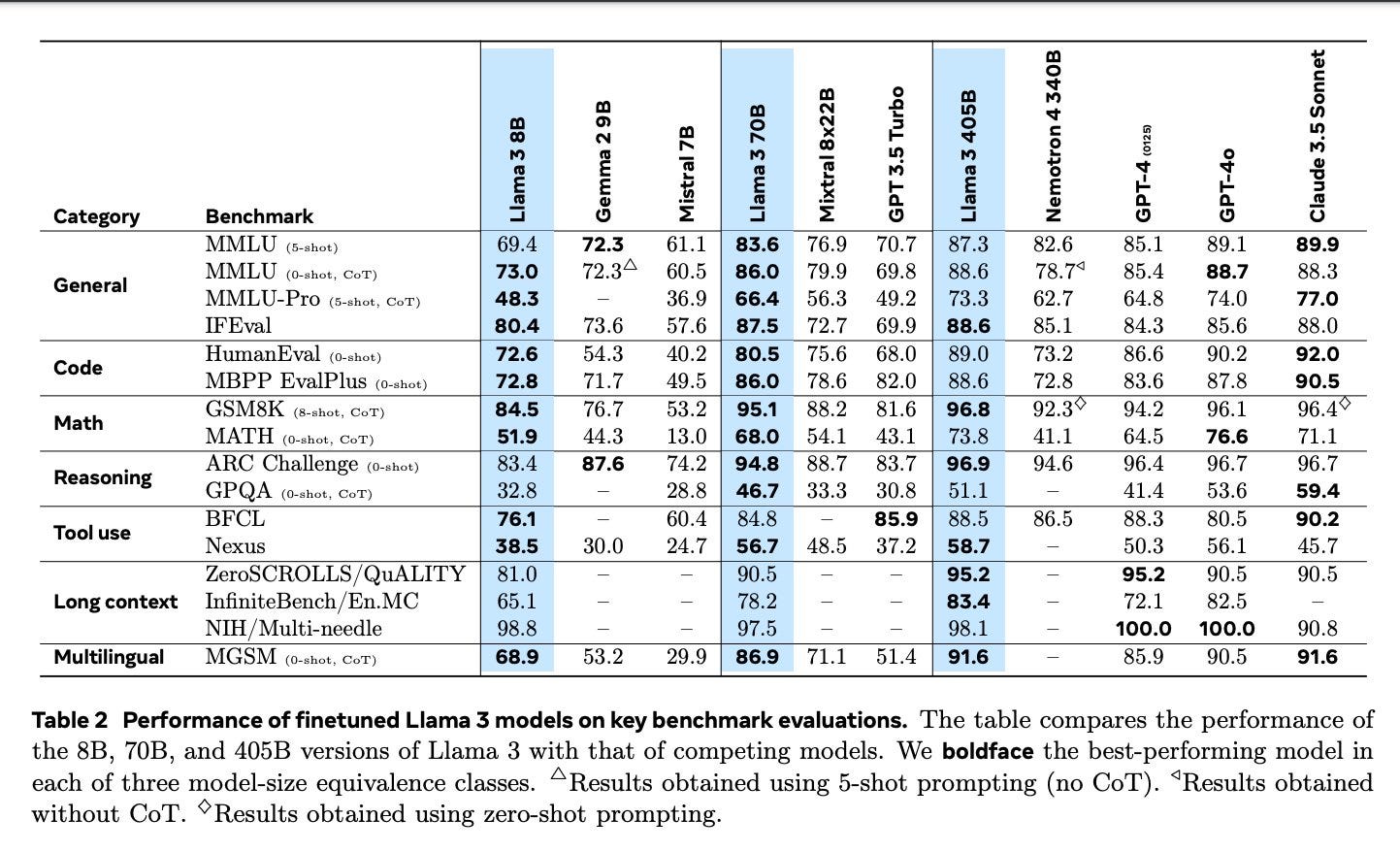
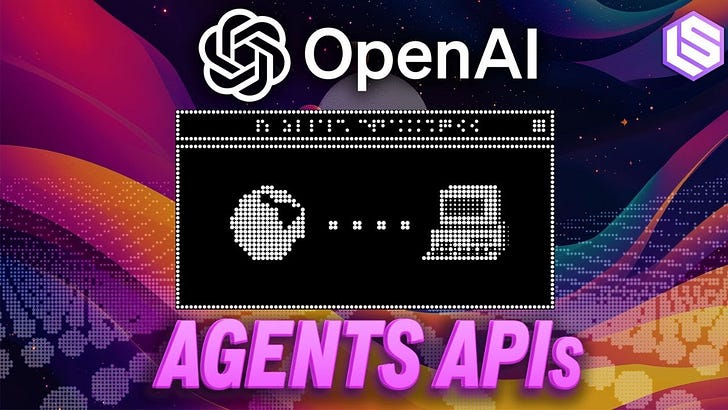


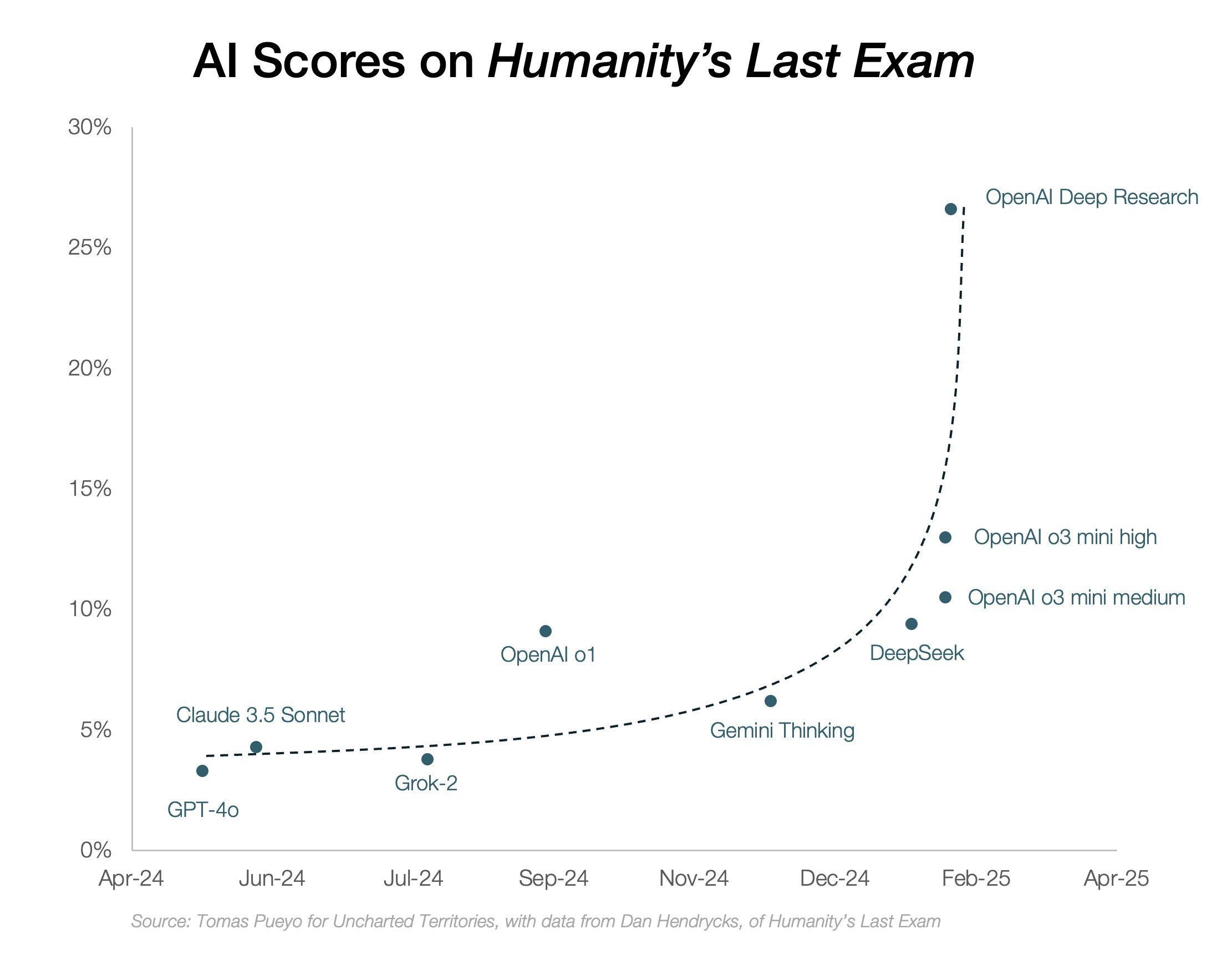
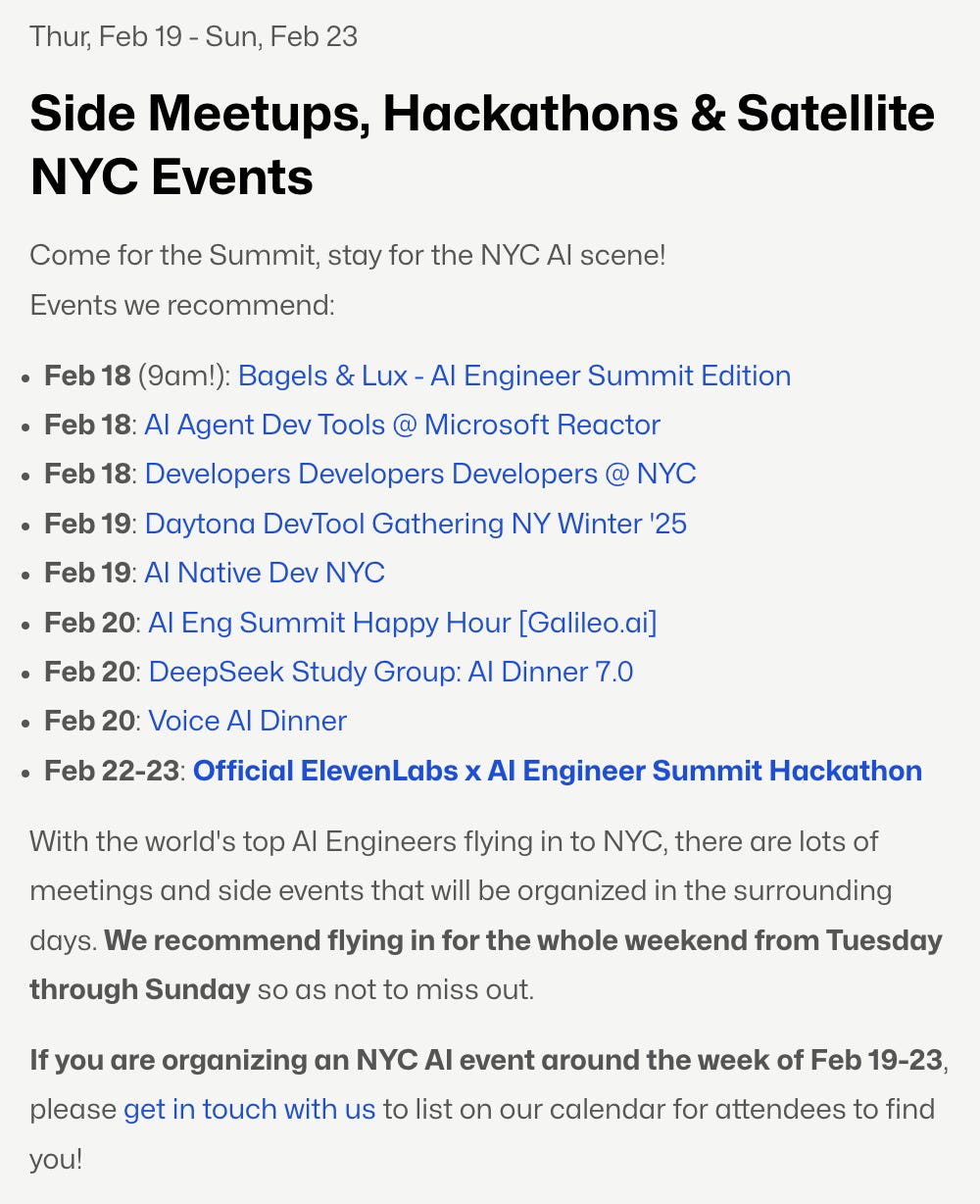


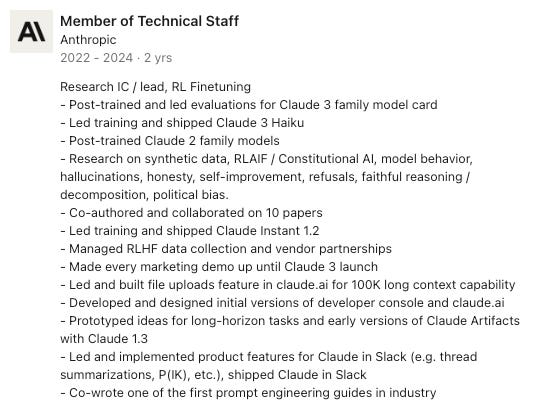
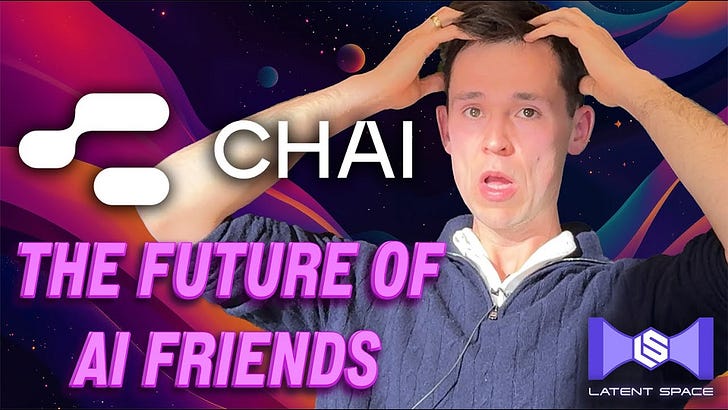

![[Ride Home] Simon Willison: Things we learned about LLMs in 2024 [Ride Home] Simon Willison: Things we learned about LLMs in 2024](https://s3.castbox.fm/0c/b6/ce/a4e5992f093b57336ea469ba58d85a340b_scaled_v1_400.jpg)
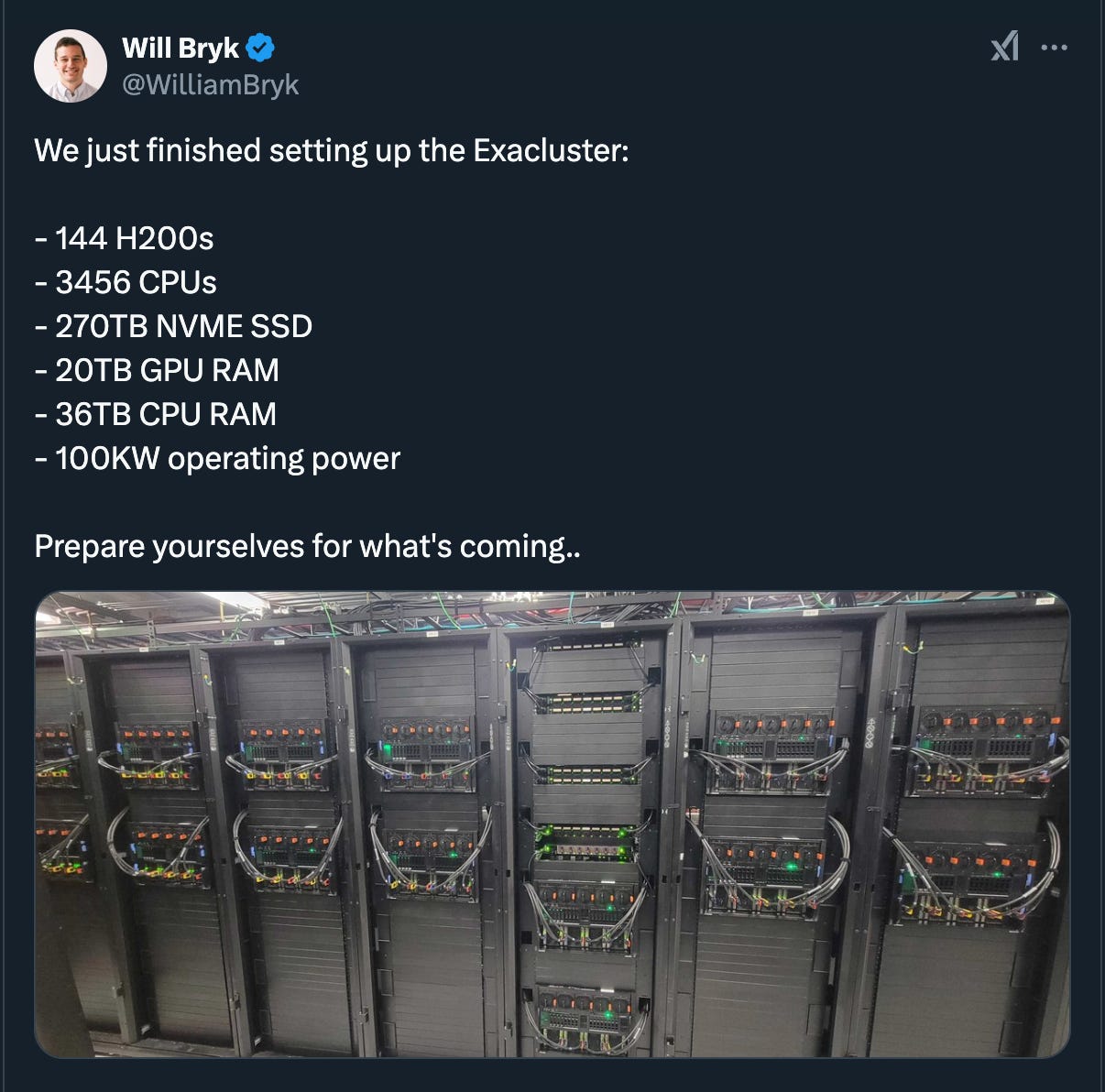
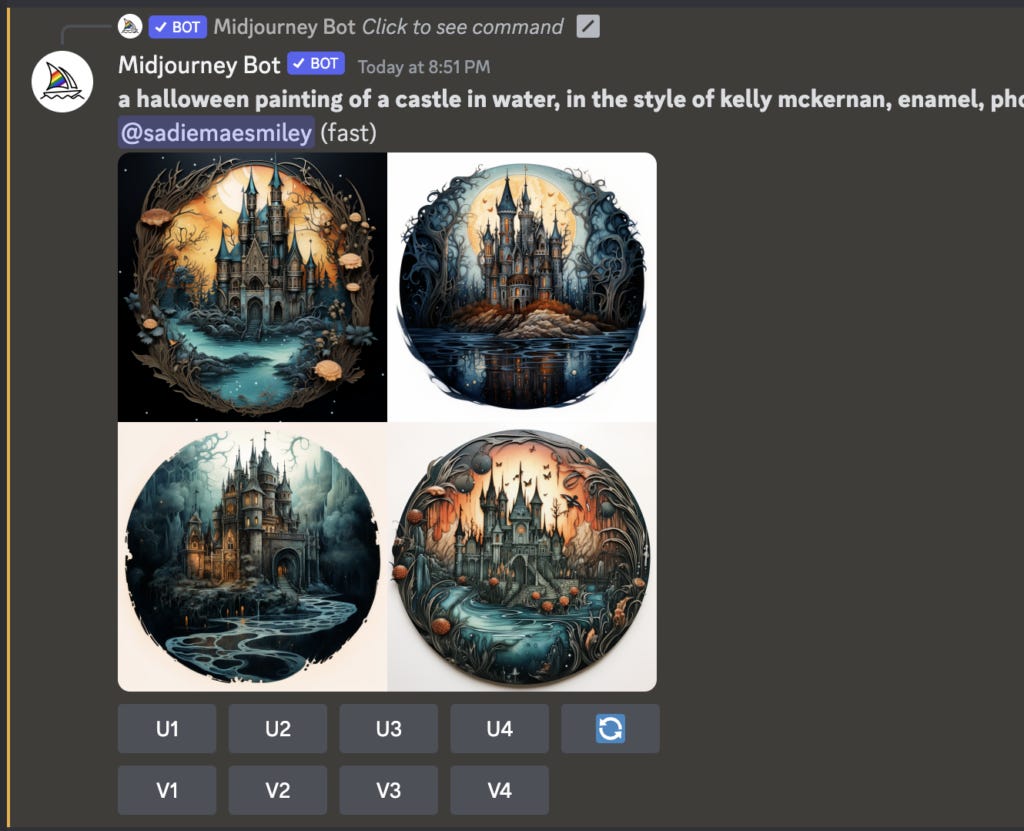
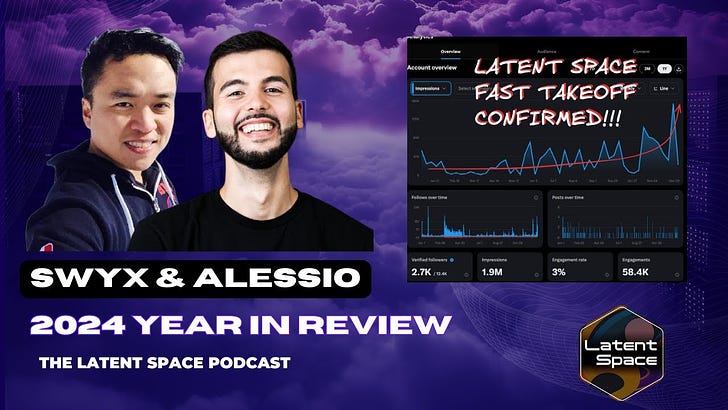
![2024 in Agents [LS Live! @ NeurIPS 2024] 2024 in Agents [LS Live! @ NeurIPS 2024]](https://s3.castbox.fm/3d/de/82/0d8893949c705b611e5972f65f39c94b2c_scaled_v1_400.jpg)
![2024 in Synthetic Data and Smol Models [LS Live @ NeurIPS] 2024 in Synthetic Data and Smol Models [LS Live @ NeurIPS]](https://substackcdn.com/feed/podcast/1084089/post/153567986/bbef81072a7602f9a124ffd13d17f992.jpg)
![2024 in Post-Transformers Architectures (State Space Models, RWKV) [LS Live @ NeurIPS] 2024 in Post-Transformers Architectures (State Space Models, RWKV) [LS Live @ NeurIPS]](https://substackcdn.com/feed/podcast/1084089/post/153556680/f4d6f1a19e9a93b6e342a5bbe8815cd2.jpg)
![2024 in Open Models [LS Live @ NeurIPS] 2024 in Open Models [LS Live @ NeurIPS]](https://substackcdn.com/feed/podcast/1084089/post/153509369/8926d1ae15dfa6cacc2b0cd7158b07d3.jpg)
![2024 in Vision [LS Live @ NeurIPS] 2024 in Vision [LS Live @ NeurIPS]](https://s3.castbox.fm/3e/66/20/159303c2f347870301315dc9e247e2ade0_scaled_v1_400.jpg)
![2024 in AI Startups [LS Live @ NeurIPS] 2024 in AI Startups [LS Live @ NeurIPS]](https://substackcdn.com/feed/podcast/1084089/post/153389370/2d1909e2fbbd5c9267a782756c04d8a3.jpg)



